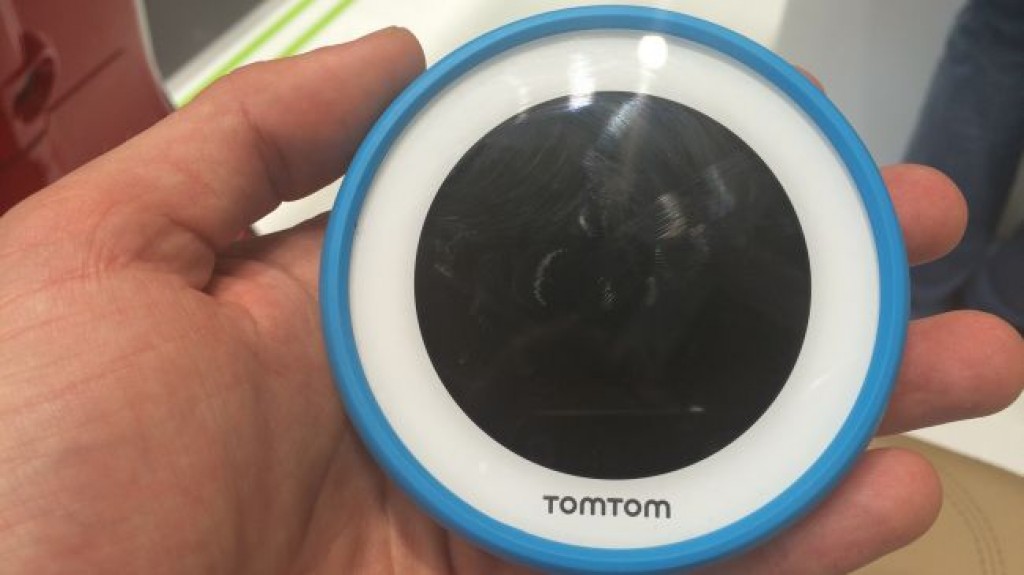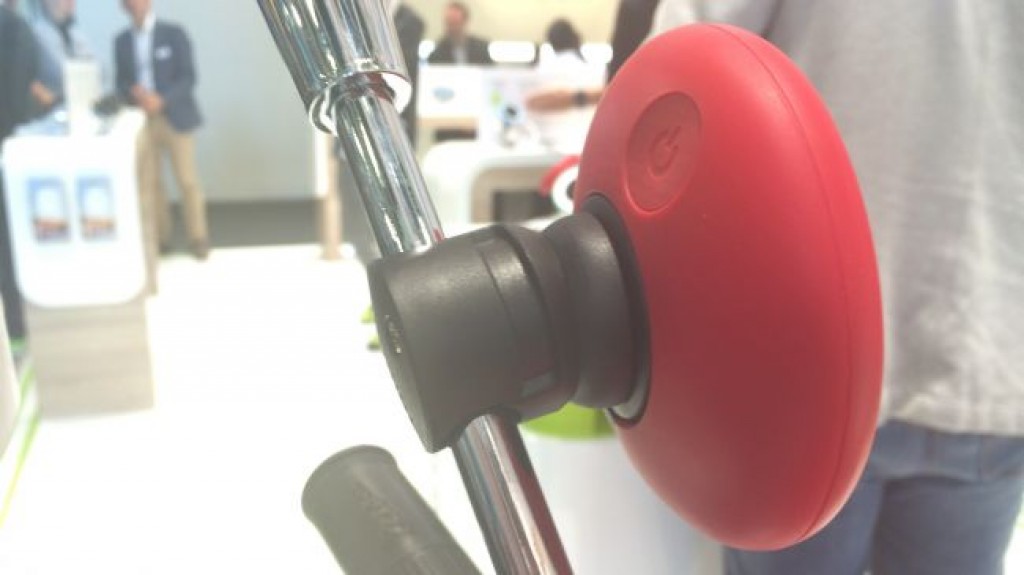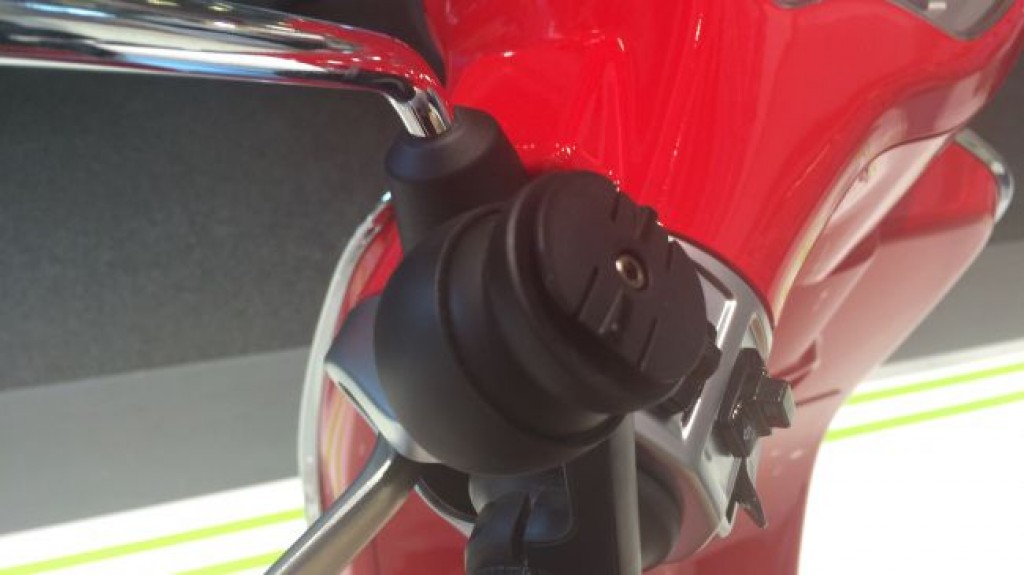
Bringing the sat-nav to the scooter
OUR EARLY
The TomTom VIO is tailored very nicely to the needs of a scooter-rider, but its need to be paired with a phone is a very unfortunate requirement that might end up harming its usefulness.
FOR
- Great handlebar mount
- Usable with gloves
- Stylish
AGAINST
- Unattractive interface
- Needs to be paired with a phone
- 5 hour battery life.
Along with cameras, diaries, MP3 players and alarm clocks, most people can count sat-navs among those dedicated devices killed by the smartphone.
The response of TomTom, one of the world’s biggest sat-nav manufacturers, has been to pour its energies into producing navigation systems for more niche users.
For example, TomTom’s trucker lineup allows you to edit your route based on your vehicle’s dimensions so you don’t find yourself stuck down a small country lane. Meanwhile the TomTom Rider series are a line of devices specifically designed for motorcyclists.
Now TomTom has announced the TomTom VIO, its first navigation system designed specifically for scooters, and it certainly appears to address many of the issues we’ve had trying to use our smartphones for that same purpose.

Design
Naturally there’s little in the way that separates the needs of a scooter rider from those of a motorcycle driver, but with the majority of scooter driving taking place in an urban environment, the VIO has been stripped of any features that are only necessary on longer journeys.
As such the VIO ends up being a relatively small device, which is fit into a circular housing in keeping with the design of most modern Vespa scooters.
It’s also over £100 cheaper than TomTom’s current cheapest motorcycle sat-nav.
The sat-nav is very style-focussed, and comes in a number of different colors to match your bike. It’s also weather-proof, so you shouldn’t need to put it in a waterproof sheath when the heavens open.
The thing that impressed us the most about the VIO was the mounting mechanism. It might sound boring, but this is the thing that harms the feasibility of using a smartphone as a scooter sat-nav.

You have two mounting options with the VIO. There’s a small arm which attaches to your scooter’s left handlebar, and a chunkier mount that fits around a wing mirror arm.
Once this mount is attached, the actual device itself attaches via a combination of a screw mechanism and a magnet.
It’s not locked in place, so you can’t leave it on your scooter overnight, but with just 5 hours of battery life you’re going to be charging the VIO whenever you’re not using it anyway.
The mount felt sturdy and secure, and this combined with the lightness of the device itself means it shouldn’t swing around the handlebar too easily (which can be a problem if you’re using a heavier smartphone).

Performance
The device’s interface itself is colorful, bold and bright, but aesthetically is a step down from the likes of Google or Apple Maps.
For myself, the added functionality of the device makes up for this, but when a product is as style-focussed as the VIO, it’s a shame the software itself can’t keep step.
The screen technology means you can use the display with gloves on (which is another problem with using a smartphone on your scooter), and TomTom have also cleverly designed the interface with gloves in mind, by keeping the various buttons nice and large.
You can save a small number of favorite destinations on the device itself, but for anything more complicated you’ll have to use a paired phone.

This is the single biggest issue with the TomTom VIO; it requires a phone to be paired to it in order to function.
This phone pairing makes sense in order to keep the VIO’s screen clutter-free, but when you’re using the VIO to select recent destinations it would be nice to be able to use it without your phone, especially since the VIO itself contains a GPS tracker.
Even if you’re en-route to your destination when your phone’s battery dies, the VIO will still not be able to complete your journey.
It’s a really unfortunate omission. Limited phone battery is one of the main reasons why it doesn’t make sense to use a smartphone as a scooter sat-nav, and it’s a shame that this dedicated device doesn’t solve that problem.
Early verdict
Phone pairing issues aside, we like the look of the TomTom VIO scooter sat-nav. The device itself looks well-designed, the mounting mechanism feels solid, and the ability to use it with gloves on is a simple but very useful feature.
The battery life could be better. 5 hours is more than enough for the kinds of journeys that you’d do on a scooter, but it would be nice to have the option of using the device for a few days without needing to charge it.
It’s just a shame that the device needs to be paired with a phone to function. Its size and how easy it is to mount means that it could be a very easy sat-nav to throw on your handlebars for a quick journey, but needing to pair it with your phone is an additional annoying step that could harm its usability especially if your phone is low on battery.
Source: techradar.com









































